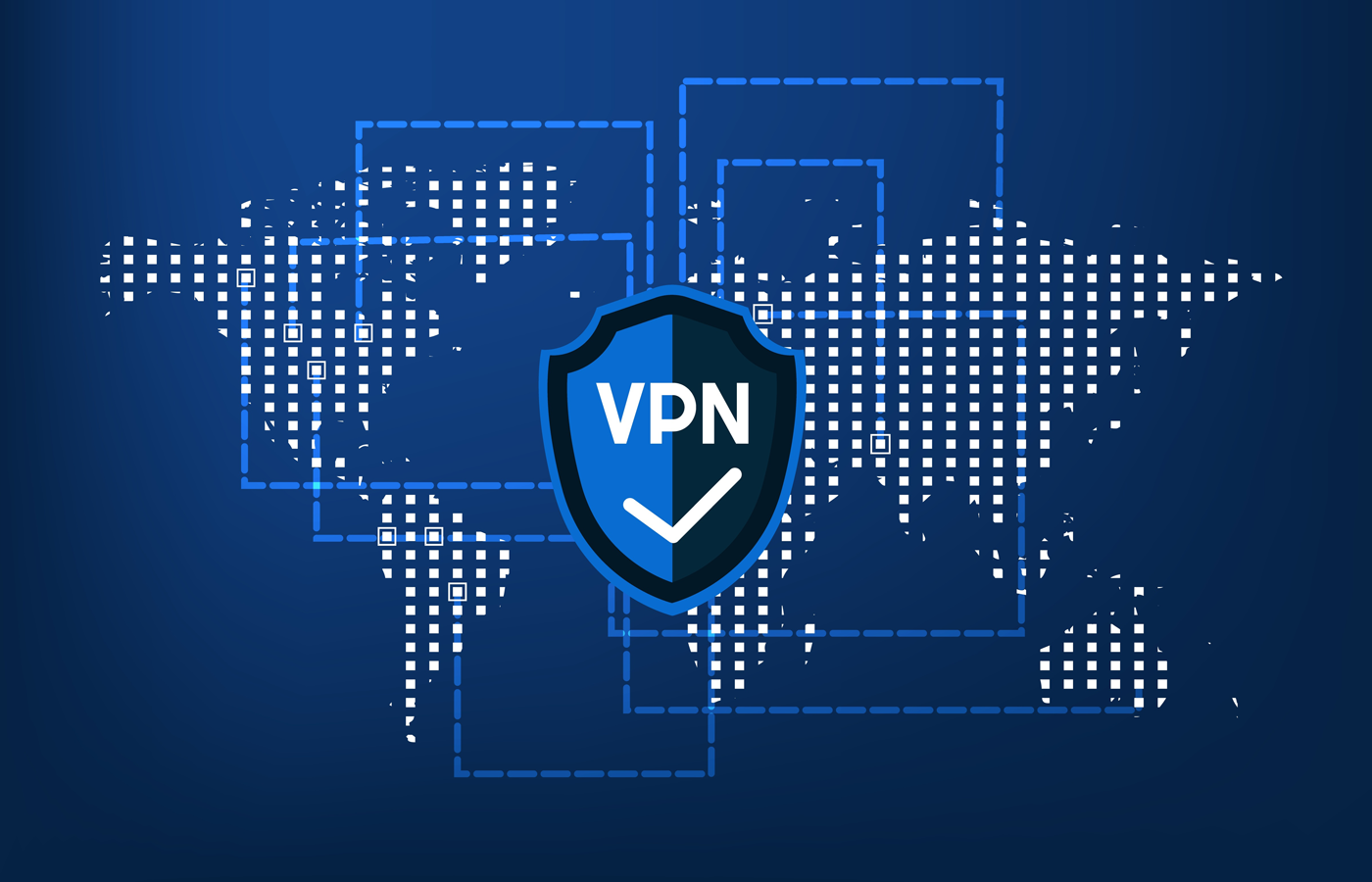Mention the acronym DDoS to a web admin and they’ll likely break out in a cold sweat. DDoS, or Distributed Denial of Service attacks, are some of the most malicious and difficult-to-stop network attacks that can be launched against a website or any other DDoS-susceptible service, such as a SaaS platform. These attacks occur when multiple compromised systems send a flood of requests to targeted servers to overwhelm and crash it.
So how can you tell if your organization is under a DDoS attack — rather than experiencing a viral surge in website traffic — and are there early warning signs that can help you respond to DDoS attacks faster?
If you’re experiencing a DDoS attack, see How to Stop DDoS Attacks in Three Stages.
Table of Contents
What are Common Signs of a DDoS Attack?
If you suspect you might be experiencing a DDoS attack, there are a number of signs you can look for. Here are five of the most common signs of a DDoS attack:
1. Unexplained spikes in web traffic
One of the most common signs of a DDoS attack is an unexplained spike in web traffic. This can be detected by monitoring your website’s server logs or using a web analytics tool. If you see a sudden increase in traffic from a specific location or IP address, it may be an indication that your site is under attack.
2. Slow loading times for your website
Another common sign of a DDoS attack is slow loading times for your website. This is caused by the attacker flooding your server with requests, which can overload the system and cause it to slow down. If you notice that your site is taking longer than usual to load, it may be due to a DDoS attack.
3. Unexplained errors, timeouts, and complete inaccessibility
A DDoS attack may also be characterized by unexplained errors or timeouts. This happens when the attacker sends so many requests to your server that it can no longer handle them all, resulting in errors or timeouts for users trying to access your site, perhaps resulting in HTTP 503 Service Unavailable error codes. If you notice that users see errors or timeouts when trying to access your site, it may be due to a DDoS attack. In some cases, a DDoS attack can render your website completely inaccessible.
4. Decreased performance for other services on the same network
If you notice that other services on the same network as your website are experiencing a performance hit, it may be an indication that your site is under attack. This is because the attacker’s requests can consume all of the bandwidth on the network, causing other services to slow down or become unavailable.
5. Increased CPU or memory usage on your server
A surge in server CPU or memory usage may signal that your site is under attack. This happens because the attacker’s requests can consume all of the resources on your server, causing it to slow down or become unresponsive.

How Can You Tell If You’ve Been DDoSed?
Unfortunately, the typical signs mentioned above can also be caused by other issues, some of them good. For example, if you are experiencing a sudden spike in web traffic and your site is slow to load, it could be due to increased legitimate user traffic such as a marketing campaign going viral or a mention on a popular website or social media profile.
If your server is struggling to keep up with a surge in legitimate traffic, it can lead to increased CPU or memory usage and other errors.
So how can you be sure that you’ve been DDoSed?
Determining if Traffic is a DDoS Attack or Legitimate
Determining if traffic is a DDoS attack or legitimate can be tricky. However, DDoS protection platforms typically offer web analytics tools to help you identify whether or not the traffic is coming from a DDoS attack. These tools check to see if a specific traffic source continues to query a particular set of data long after the Time To Live (TTL) for a site has elapsed. This is the time frame you set for your site to discard held data and free up resources. If that’s the case, you’re likely looking at a DDoS attack, since a legitimate source would no longer be generating traffic at that point.
Popular DDoS Web Analytics Tools
Some popular DDoS web analytics tools include:
- CloudFlare Web Application Firewall
- Sucuri Website Firewall
- Azure Web Application Firewall
- AWS WAF
- Imperva
Early Warning Signs of a DDoS Attack
Having tools like web application firewalls and monitoring services in place are your best defense against a DDoS attack. They’ll be able to tell the difference between, say, a DDoS attacker probing your defenses with test traffic and something more benign, like a misconfigured load balancer that might be overwhelming your resources.
Being able to spot a DDoS attack as early as possible is critically important for an organization whose business depends on the availability of its website. There are a wide range of DDoS services to consider; see our guides to the Best DDoS Protection Services and the Best Bot Protection Solutions.
How Long Do DDoS Attacks Usually Last?
DDoS attacks can last anywhere from a few minutes to several days, depending on the complexity and intensity of the attack. In most cases, an attacker will use automated software to flood your site with requests until it becomes overloaded and stops responding.
While a typical DDoS attack can last 1-2 days, Qrator Labs reports that the mean attack is a little over 6 minutes, with shorter burst attacks often used to test an organization’s defenses.
How to Stop a DDoS Attack
If you suspect that your site is under attack, the first thing you should do is contact your hosting provider for help. They may be able to implement network-level protections or other measures to mitigate the attack and help restore your site to normal functioning.
In addition to notifying your ISP, you can take several other steps to stop an ongoing DDoS attack:
- Seek professional DDoS help: One of the best ways to stop a DDoS attack is to work with a professional service provider specializing in mitigating and stopping these attacks. These companies can help you quickly identify the source of an attack, implement protection measures, and restore your website to normal functioning as soon as possible. Depending on the severity of the attack, you may also need to involve law enforcement to investigate the attack and identify any potential culprits.
- Attack characterization: In addition to identifying the source of an attack, a DDoS mitigation service can help you understand how the attackers are targeting your site and how they’re compromising its resources. This information is crucial for developing effective defenses against future attacks and preventing your site from becoming a repeated target.
- Attack traceback: In some cases, it may be possible to identify the source of a DDoS attack even if you cannot stop it in real time. Attack traceback is the process of attempting to locate the origin of an attack by analyzing traffic patterns and identifying any unusual or suspicious behavior.
- Attack tolerance and mitigation: It is also possible your site may be targeted by a DDoS attack that’s too intense or complex to stop in real time. In this situation, you will need to develop strategies for how your team and the hosting provider can work together to minimize damages and keep the site online until the attack subsides. This may involve implementing traffic throttling or DNS redirection to keep your site up and running while mitigating the effects of the attack.
Also read: DDoS Myths: Blackholing and Outsourcing Won’t Stop Everything
How to Prevent DDoS Attacks
The best way to deal with DDoS attacks on your online properties is to ensure they never happen in the first place. Here are a few steps you can take to help protect your website from DDoS attacks.
Install Web Application Firewalls (WAFs) and Anti-Bot Filters
One of the best ways to protect your website from DDoS attacks is to install a web application firewall (WAF). A WAF is software code that sits between your website and the internet and filters incoming traffic for malicious activity. There are many different WAFs available, so be sure to do some research to find one that fits your needs.
In addition to a WAF, you should also consider installing an anti-bot filter. This will help block bots from accessing your website, which is often used in DDoS attacks.
Consider Using a Content Delivery Network (CDN)
Another key component for keeping your website safe from DDoS attacks is a content delivery network (CDN). A CDN works by distributing your website’s static assets — such as images, videos, and scripts — across servers worldwide. This makes it more difficult for attackers to target specific servers or overwhelm the bandwidth of a particular host.
In addition, using a CDN can also improve the performance of your website for visitors around the world by reducing latency.
Regularly Update Software, Plugins and Scripts on Your Site
One of the best ways to prevent DDoS attacks is to keep your website’s software and plugins up-to-date. By keeping all of your site’s software up to date with the latest security patches, you can help ensure that any potential vulnerabilities are addressed before they can be exploited by attackers.
Perform Regular Security Audits of Your Website
Another key step in protecting your website from DDoS attacks is to perform regular security audits. These audits will help you identify any potential weaknesses or vulnerabilities in your site’s infrastructure, such as unpatched software, weak passwords, misconfigurations, and open ports that could be used by attackers to launch an attack.
Purchase Extra DDoS Protection
If you’re worried about being hit by a DDoS attack, one option is to purchase extra protection from a provider like Cloudflare or Imperva. These services offer additional layers of protection against DDoS attacks, including filtering out malicious traffic and providing extra bandwidth capacity during an attack. While these services can be expensive, they provide peace of mind for businesses that are concerned about being targeted by DDoS attacks.
Create a DDoS Playbook
In addition to taking proactive measures to prevent DDoS attacks, it’s also important to have an incident response plan in place for how you’ll respond if an attack does occur. This plan is often referred to as a “DDoS playbook.” Your playbook should outline the steps you’ll take during and after an attack, including who will be responsible for each task. Having a plan in place ahead of time will help ensure that you’re prepared if an attack does occur.
Implement Regular Monitoring and Reporting
To help detect DDoS attacks as they’re happening, implement regular monitoring and reporting on your site’s traffic, performance, and security. You can use the specialized web analytics tools and services mentioned earlier. However, tracking traffic spikes and traffic behavior can also be done with simple free tools such as Google Analytics, or by tracking how your server’s CPU, memory, and bandwidth are being used from within your web hosting panel.
Further reading: How to Prevent DDoS Attacks: 5 Steps for DDoS Prevention
Bottom Line: Detecting DDoS Attacks
DDoS attacks remain one of the most damaging cyber attacks, and their prevalence and severity continue to grow. If you haven’t taken steps to protect your website or application from DDoS attacks, now is the time to start, and lining up a DDoS response service could be an effective first step.
DDoS prevention involves a combination of measures. When planned well, these help prevent the worst outcomes of a DDoS attack and keep your website running even as some elements are disrupted. For organizations that depend on their websites for survival, effective DDoS preparation shouldn’t be optional.
Read next:








